Piston Slap: When to Step Away From the Drawing Board?

TTAC Commentator Arthur Dailey writes (and edited to remove confusion):
Sajeev,
Opening my 2011 Hyundai Sonata’s door this morning after a beautiful overnight snowfall (Yes, it takes that long to answer Piston Slap questions – SM), I once again was confronted with a driver’s seat and inside door panel, covered in snow.
Those living in the snow belt will often park their car at the rink, library, ski hill, mall, at work etc. and return to find it covered in snow. You don’t bring your scraper with you in these situations. And even if you use your glove/arm/hand to clear some of the snow, when you open your door, the residue falls. Onto your power window/mirror/door lock mechanisms. And often onto the seat. You get into your car and start it to warm it up and help clear the windshield. And that residue melts.
This is a re-occurring problem: happening in many other vehicles that I have recently rented/owned. With the sloped roofs now common on cars, snow regularly falls into the passenger compartment when you open the door. There used to be gutters/sills along the edges of car rooflines. In fact I believe that up until the 1960’s they might have been an optional extra, as they were often chromed. Later they were just an integrated part of the roof.
I can’t remember exactly when roofline gutters disappeared from cars, but I understand that this was probably due to aerodynamic issues. I also noticed that there are a number of aftermarket options now available, sometimes referred to as ‘rain guards’.
However why can’t auto designers develop a roofline that prevents snow from dropping onto the car seats whenever the door is opened?
Sajeev answers:
You’ve opened a lot of doors (sorry) with your query!
- Rain guards only work when doors are closed, therefore I see no product addressing your concern. Best and Brightest: a little help?
- Sloped roofs are usually better for aerodynamics, but the curvature might also improve safety: metallurgy and finite element analysis aside, a curved roof can channel energy better than a boxier one.
- You must remove snow before opening the door. Not only does it solve your problem, it’s the law in certain states/provinces.
It’s not just the roof, you’re clearing the snow from the hood and trunk too. All horizontal surfaces, Son!
If your state lacks such a rule, perhaps we need YouTube-guilt you to drive the point home.
Sure, your query coulda been about entering a vehicle to not drive it, but I’m not gonna assume that.
And this isn’t a case of car designers going back to the drawing board, it’s about stepping away from it. Far, far away.
[Image: Shutterstock/Paul Vasarhelyi]
Send your queries to sajeev@thetruthaboutcars.com. Spare no details and ask for a speedy resolution if you’re in a hurry…but be realistic, and use your make/model specific forums instead of TTAC for more timely advice.

More by Sajeev Mehta
Latest Car Reviews
Read moreLatest Product Reviews
Read moreRecent Comments
- Jeff Look at the the 65 and 66 Pontiacs some of the most beautiful and well made Pontiacs. 66 Olds Toronado and 67 Cadillac Eldorado were beautiful as well. Mercury had some really nice looking cars during the 60s as well. The 69 thru 72 Grand Prix were nice along with the first generation of Monte Carlo 70 thru 72. Midsize GM cars were nice as well.The 69s were still good but the cheapening started in 68. Even the 70s GMs were good but fit and finish took a dive especially the interiors with more plastics and more shared interiors.
- Proud2BUnion I typically recommend that no matter what make or model you purchase used, just assure that is HAS a prior salvage/rebuilt title. Best "Bang for your buck"!
- Redapple2 jeffbut they dont want to ... their pick up is 4th behind ford/ram, Toyota. GM has the Best engineers in the world. More truck profit than the other 3. Silverado + Sierra+ Tahoe + Yukon sales = 2x ford total @ $15,000 profit per. Tons o $ to invest in the BEST truck. No. They make crap. Garbage. Evil gm Vampire
- Rishabh Ive actually seen the one unit you mentioned, driving around in gurugram once. And thats why i got curious to know more about how many they sold. Seems like i saw the only one!
- Amy I owned this exact car from 16 until 19 (1990 to 1993) I miss this car immensely and am on the search to own it again, although it looks like my search may be in vane. It was affectionatly dubbed, " The Dragon Wagon," and hauled many a teenager around the city of Charlotte, NC. For me, it was dependable and trustworthy. I was able to do much of the maintenance myself until I was struck by lightning and a month later the battery exploded. My parents did have the entire electrical system redone and he was back to new. I hope to find one in the near future and make it my every day driver. I'm a dreamer.



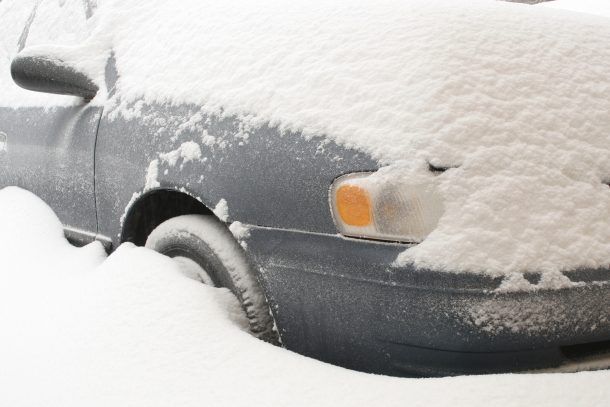












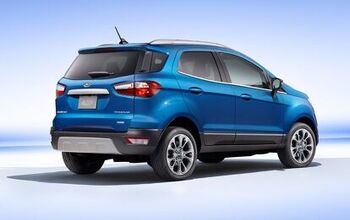

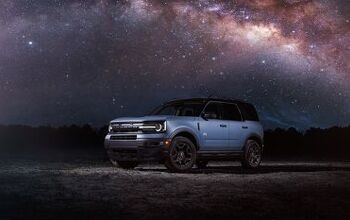
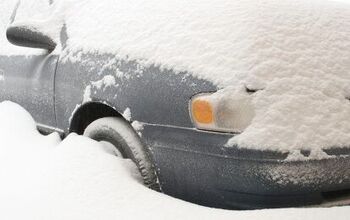
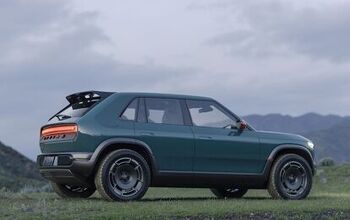
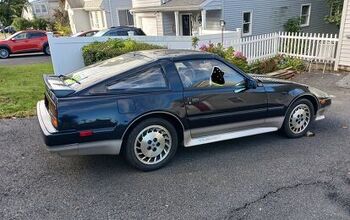


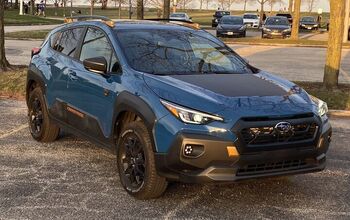

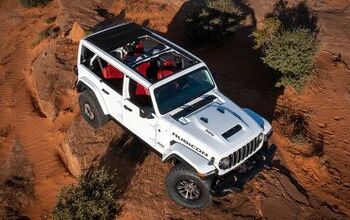
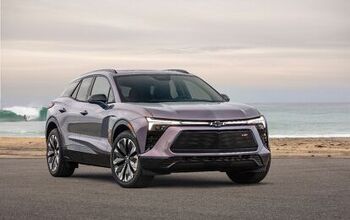

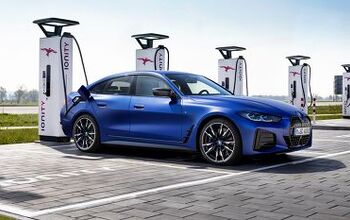
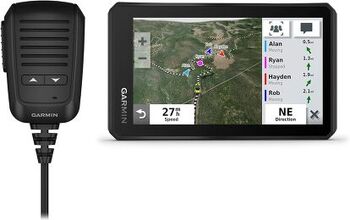
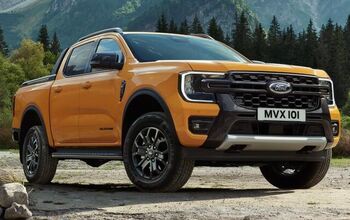
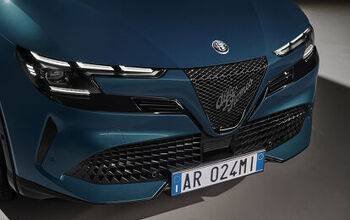
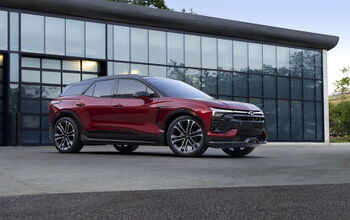
Comments
Join the conversation
The window deflectors you can buy online or thru Weathertech are good if you want to crack your windows in the heat and not worry about getting water inside if it rains. Doesn't help with the snow but it works for cracking your windows in the heat.
The first car I bought did not have gutters and every time it rained and you opened the door you would get a lap full of water. That was a 73 Chevelle DeLuxe sedan. I don't remember my 77 Monte Carlo having a real gutter as well. I think my 85 Mitsubishi Mighty Max pickup had gutters. The last time I remember roof gutters being on most vehicles was the early 70s which is about the last time I remember vent windows being on most cars--it took trucks over a decade to start doing away with those things.